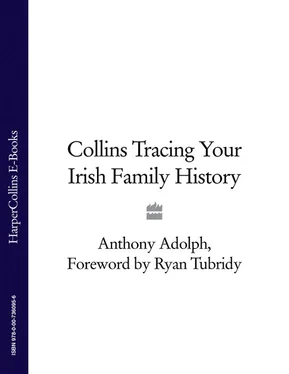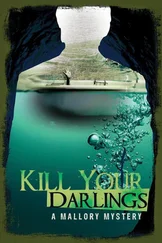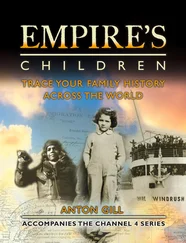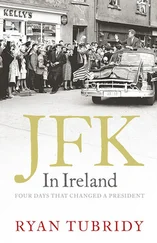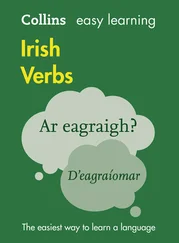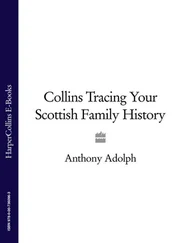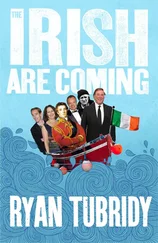Further clues may be so obscure that you will only recognise them after you have found your Irish roots. Pet names used within families, ways of preparing food, or superstitions handed down through generations may turn out to have originated in Ireland. In fact, most of us never realise how much of ‘us’ has been inherited from earlier generations, until we start tracing our family history.
The first resource for tracing your Irish family is – your family! Telephone, email or meet your immediate relatives and ask for their stories and copies of any old family photographs and papers, especially family bibles, old birth, marriage and death certificates, or memorial cards, which were especially popular amongst Catholics. When I traced my Irish roots, my late grandmother’s old address book led me to relatives in England, Ireland and America, all of whom gave me more information to extend my family tree.
It’s best to structure your questions by asking the person about themselves, then:
their siblings (brothers and sisters)
their parents and their siblings
their grandparents and their siblings
…and so on. Then, ask about any known descendants of the siblings in each generation. The key questions to ask about each relative are:
full name
date and place of birth
date and place of marriage (if applicable)
occupation(s)
place(s) of residence
religious denomination – for Irish ancestry this is of course of key importance
any interesting stories and pictures
Next, ask for addresses of any relatives, contact them and repeat the process (which will result in some repeated information, and some contradictory details: write it all down and check it in original sources later). And don’t neglect the Irish in Ireland. Once you have traced Irish ancestors, it is worth tracing down other branches of the family who remained there, to find cousins who may know much about your earlier ancestors. Sometimes, they’ll even have tales about relatives who emigrated.
The consequences of famine
Whether potatoes reached Ireland with Sir Walter Raleigh, or from Spain (as their early Irish name, an spáinneach, suggests) is open to question. They first appear in a lease in Co. Down of 1606. They were grown initially to break up soil in fields used for cereals. By the late 18th century, most grain was grown for landlords to export, and the potato had become the peasants’ staple crop. Potatoes were boiled and eaten, and mixed where possible with milk or fish.
Peasants tied to the land tended to marry young, thus producing large families. Nourished by potatoes, the population grew from 2 million in 1700 to 2.3 million in 1754, 5 million in 1800 and 8 million in 1841. There were scarcely any industrial towns to soak up this excess population, so peasant landholdings had to be subdivided, making families dependent on increasingly tiny plots.
The potato harvest had failed occasionally, but from 1821, when the crop failed in Munster and many people in Cork and Clare starved, a series of calamities took place. In Irish folklore, the famine-bringing fairy was the Fear-Gorta, the ‘man of hunger’, who stalked the land as an emaciated beggar. He reappeared again with fresh crop failures in 1825–30, followed by ‘stark famine’ in Munster and south Leinster in 1832. Thenceforth, the crop failed periodically.
Despite their terrible living conditions, relatively few Catholics had left Ireland. Besides legal restrictions on their movement, not lifted until 1827, both poverty and an emotional tie to their ancestral land kept most in Ireland. Between 1827 and 1837, 400,000 souls had clambered aboard ships leaving Belfast, Dublin, Sligo, Waterford and Youghal. Those who could afford it headed for America: the less costly option was Canada, whence many planned to walk south. The cheapest option was the ferry fare to mainland Britain. Most Irish Catholics, however, were still in Ireland when disaster struck.
In 1845, an American disease, phytophthora infestans, ‘potato blight’, swept Ireland. Exacerbated by three weeks’ heavy rain at harvest time, it destroyed 30–40 per cent of the crop. The Fear-Gorta stalked the land again, and people were forced to eat the parts of the crop they would otherwise have sold to pay their rent. Connacht, west Munster and rural Ulster were the worst affected, but nowhere was unaffected, and starvation even spread to the towns. If the blight had lessened in 1846, conditions might have eased, but instead it struck even harder, reducing 95 per cent of the year’s crop to rotten slime. The cruellest irony is that people knew that every surviving potato they ate meant one less to plant next year: although the blight eased in 1847, the potato yield was a mere 10 per cent of what it had been in 1844.
Computers are readily available in libraries or internet cafés (or friends’ houses!). If you don’t use the Internet already, I would strongly recommend learning from a friend or joining a class, as it will make tracing your Irish roots vastly easier. If you absolutely can’t bear the idea, ask an Internet-savvy friend or relative to do your look-ups for you.
The Internet is a vast, random whirlpool of information. Besides the research sites recommended later on, there are several excellent ones that put like-minded genealogists in touch with each other, such as the British www.genesreunited.com,American www.onegreatfamily.comand www.ancestry.com/ukwhich is American and British – though there’s much overlap, especially for Ireland. You enter names, dates and places for your family and the sites tell you if anyone else has entered the same ancestors. Equally, when new ancestors join and enter the same relatives, they’ll easily find you. It’s a new method, that really works.
The online route to Wogan’s roots
One Irish trait you’ll encounter often is a love of storytelling. To trace the family tree of Irish broadcaster and disc-jockey Terry Wogan for Family History Monthly I keyed ‘Wogan’ and ‘genealogy’ into an Internet search engine – www.google.comand www.altavista.comare two good ones. I quickly came up with The Wogan Genealogy Site, www.wogan.info,whose webmaster, Ken Wogan, put me in touch with Joanne Hartung, whose sister Nancy Dreicer had traced a link with Terry. Two days after starting, I had an email from Nancy, telling me about her grandfather Thomas Joseph Wogan, who was Terry’s great-uncle. Thomas had migrated from Enniskerry, Co. Wexford, to New York’s Ellis Island on the Lusitania in 1908. ‘He was a charmer’, Nancy wrote, ‘with a Shakespeare quote for any occasion.’ Thomas became the sommelier at the Statler Hilton Hotel, Philadelphia, until one day he vanished. An astonishing two weeks later, Thomas was finally found – in the furthest reaches of the hotel’s wine cellar! It transpired that he had gone down a fortnight earlier for a tipple, but had so many that he’d lost track of time. He left the hotel with no job and, one assumes, a very sore head. That’s typical of the family stories you’ll hear when you ask around – and maybe it betrays my own Irish genes that I’ve retold you the same tale now.
Ireland’s 163 Poor Law Unions, each with its own workhouse, were established to distribute relief to the poor in 1838, uncannily anticipating the Great Famine. Before then, relief had been ‘outdoor’, handed out to people in their own homes, but from 1838, if you wanted help, you had to submit to the appalling conditions of the workhouses.
Читать дальше
